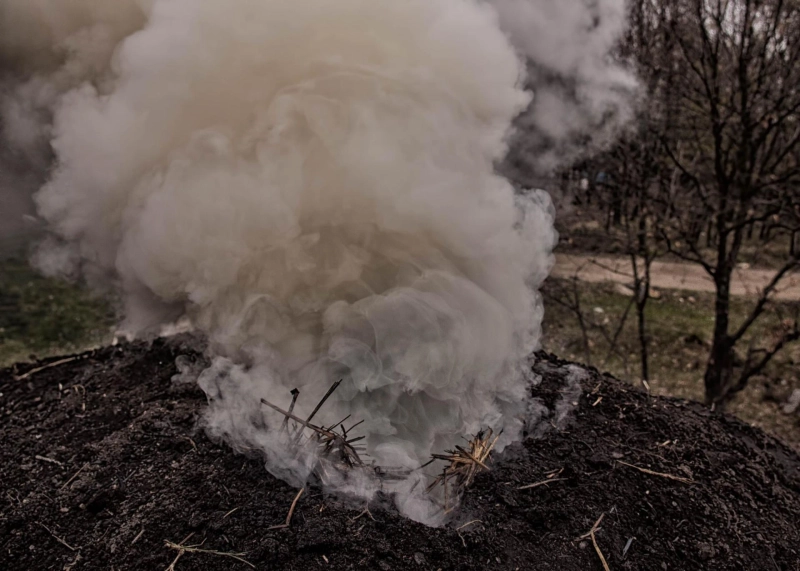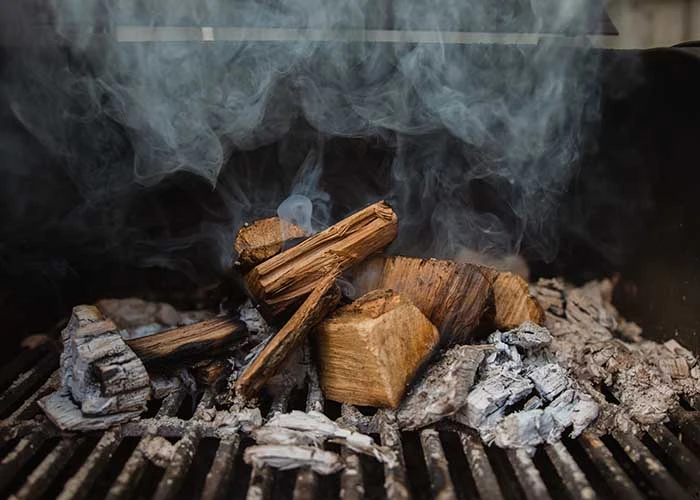Using a wood stove to heat your home can create a warm and cozy atmosphere, especially during cold winter months. However, it\'s important to understand that the smoke produced by burning wood can have serious health implications. This article explores the potential health risks associated with wood smoke, the chemicals it contains, and what you can do to mitigate these risks.
Understanding Wood Smoke
When you burn wood, it produces smoke that contains a mix of gases and tiny particles. These tiny particles are known as particulate matter (PM2.5) because they are 2.5 micrometers or smaller in diameter. PM2.5 can be very harmful to your health because these particles are small enough to be inhaled deeply into the lungs and even enter the bloodstream.
Health Risks of Particulate Matter
Short-term exposure to PM2.5 can cause immediate health problems. People might experience:
- Irritation of the eyes, nose, and throat
- Coughing and sneezing
- Shortness of breath
- Worsening of asthma and other respiratory conditions
For people with existing health conditions such as asthma, chronic bronchitis, or heart disease, exposure to wood smoke can be particularly dangerous. Children and the elderly are also more vulnerable to the effects of particulate matter.
Long-term exposure to PM2.5 is even more concerning. It has been linked to serious health problems, including:
- Decreased lung function
- Development of chronic respiratory diseases
- Cardiovascular diseases, such as heart attacks and strokes
- Increased risk of lung cancer
- Premature death
Toxic Chemicals in Wood Smoke
In addition to particulate matter, wood smoke contains several toxic chemicals. Some of these include:
- Carbon Monoxide (CO): This is a colorless, odorless gas that can interfere with the oxygen-carrying capacity of your blood. High levels of carbon monoxide can be fatal, and even lower levels can cause headaches, dizziness, and nausea.
- Volatile Organic Compounds (VOCs): These are a group of chemicals that can cause respiratory problems and other health issues. Some VOCs found in wood smoke include benzene, formaldehyde, and acrolein, which are known to be carcinogenic.
- Polycyclic Aromatic Hydrocarbons (PAHs): These are chemicals that form during the incomplete burning of organic substances, including wood. Some PAHs are known to cause cancer.
Vulnerable Populations
Certain groups of people are more vulnerable to the health effects of wood smoke. These groups include:
- Children: Their respiratory systems are still developing, and they breathe more air per pound of body weight than adults.
- Elderly people: They often have weaker immune systems and may have pre-existing health conditions that make them more susceptible to the harmful effects of smoke.
- Individuals with respiratory or cardiovascular conditions: People with asthma, chronic bronchitis, heart disease, or other related conditions are more likely to experience severe symptoms when exposed to wood smoke.
Mitigating the Risks
While the health risks associated with wood smoke are serious, there are steps you can take to minimize these risks if you choose to use a wood stove:
- Use Dry, Seasoned Wood: Wet or green wood produces more smoke and harmful chemicals. Make sure the wood you burn has been properly dried and seasoned for at least six months.
- Install an EPA-Certified Stove: Stoves that meet Environmental Protection Agency (EPA) standards burn wood more completely and produce less smoke. Upgrading to an EPA-certified stove can significantly reduce the amount of harmful emissions.
- Ensure Proper Ventilation: Good ventilation helps to ensure that smoke and harmful gases do not build up inside your home. Make sure your wood stove is properly installed and that your home has adequate ventilation.
- Regular Maintenance: Keep your wood stove and chimney clean and well-maintained. Regular cleaning can help to prevent the buildup of creosote, which can not only lead to chimney fires but also increase the amount of smoke produced by your stove.
- Avoid Burning Certain Materials: Do not burn painted, treated, or manufactured wood products, as these can release toxic chemicals when burned. Stick to burning natural, untreated wood.
- Use a HEPA Air Purifier: Using a high-efficiency particulate air (HEPA) purifier can help to remove fine particles from the air inside your home, reducing your exposure to PM2.5.
Conclusion
Wood stoves can provide a comforting heat source, but the smoke they produce can be harmful to your health. By understanding the risks and taking appropriate measures, you can reduce your exposure to harmful pollutants. Using dry, seasoned wood, ensuring proper ventilation, and maintaining your stove and chimney are all important steps to make wood stove use safer for you and your family.



